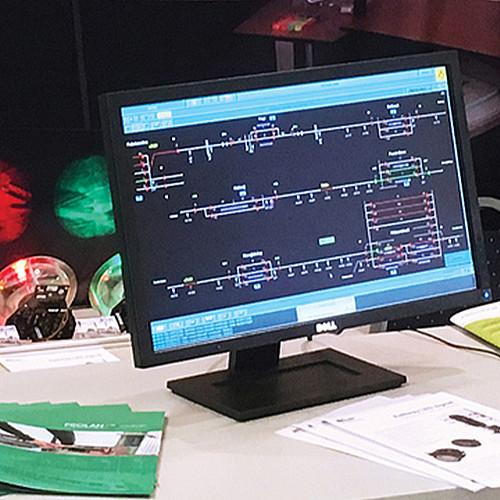Presentation of the IMP-Prolan cooperation on implementation of railway LED signals
Prolan traffic management systems operate on more than 1400 kilometers of railway lines and has another 257 kilometers currently being built for central traffic management. By having low maintenance costs and saving resources these remote control systems can significantly improve the operational efficiency of the rail transport.
Prolan has begun to explore further possibilities for savings for the railway infrastructure operators. This cooperation aims to equip legacy interlocking systems with compatible, yet state-of-the art LED signal optics. Based on the strategic partnership with IMP, the LED optics certification process for the Hungarian market has just begun.
IMP, one of the largest R&D institute in Eastern Europe, has a number of international project partners, as the developer and manufacturer of railway axle counters and indicators. This allowed the installation of more than 200 LED optics on the main Pancevo railway line in Serbia, and to deliver 250 additional optics for the Pancevo station electronic interlocking equipment. Currently, the optics operates at more than twenty railway stations and fully meets all the relevant European railway standards.
Each LED in a LED optics is controlled and monitored individually, and the unit can be connected to both relay based and electronic interlocking systems. Electronically it is compatible with conventional lightbulbs, they can be exchanged without any conversion. The operating current can be set, blinking light, daylight-to-day switching and simulation of cold filament checking are the features of the unit.
The product intended for the Hungarian market fits into the signal housing widely used in Hungary and compatible electronically, while the D55/D70 relay circuits remain unchanged. It’s major advantages are the easy installation and low maintenance need.
One of the main goals of the Hungarian implementation is to reduce maintenance costs on railway lines and stations, which are left from major infrastructure developments. Another, thanks to the excellent LED lifetime is the significant saving potential for the railway network operators.
2018.06.25

